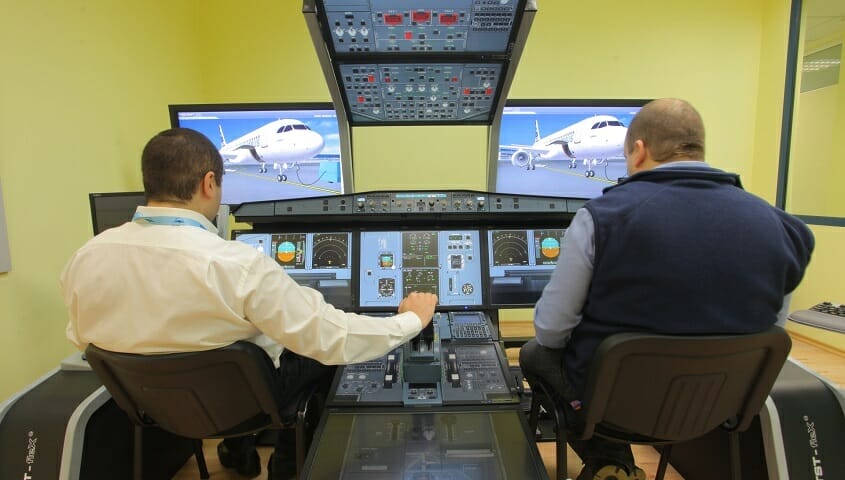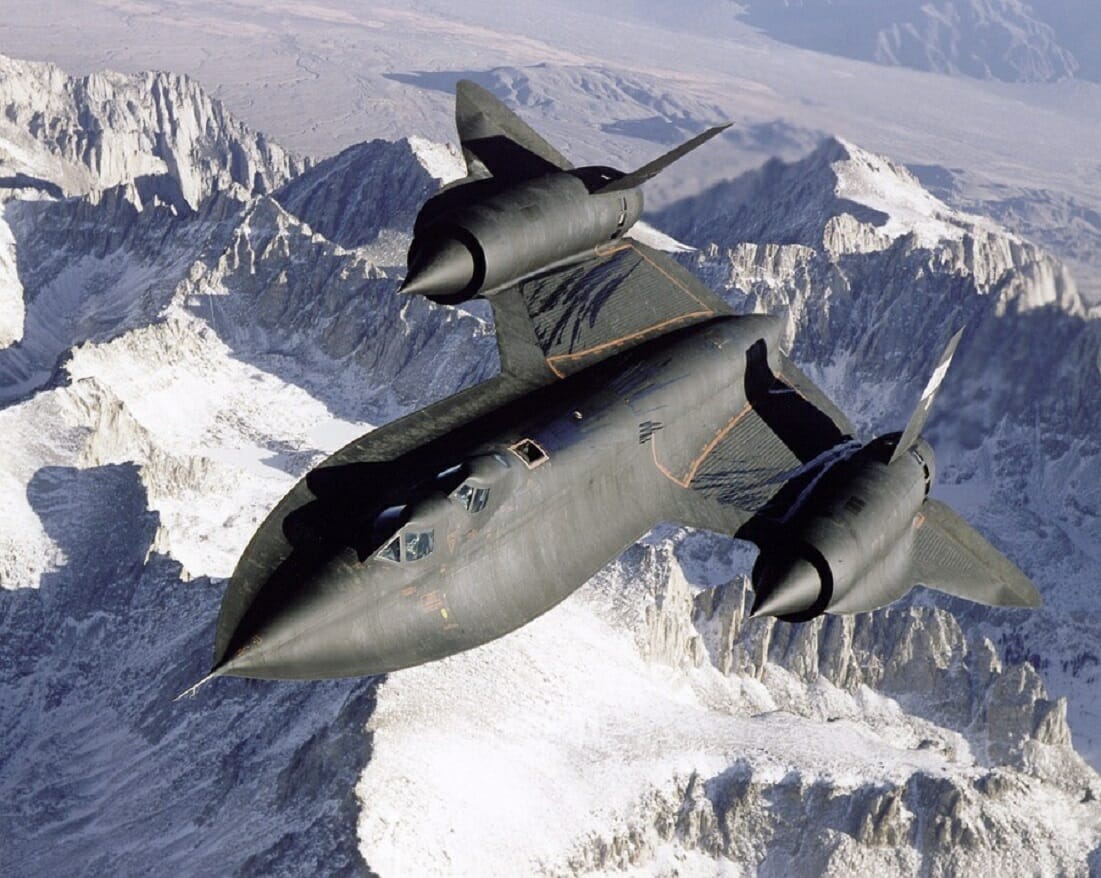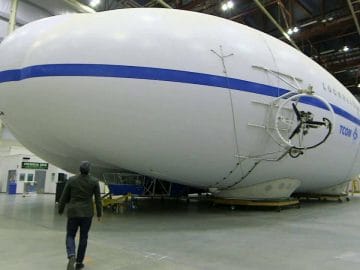Aeronautical engineering is a specialized field that focuses on designing, developing, and testing aircraft and spacecraft. Aeronautical engineers must deeply understand challenging subjects within the discipline, as this knowledge directly impacts the safety, efficiency, and performance of aircraft and spacecraft. Among the diverse range of aeronautical engineering subjects, some are particularly difficult to master due to their complexity and technical nature. These subjects include aerodynamics, aerospace materials, flight dynamics and controls, propulsion systems, structural analysis, avionics, and aircraft design. Mastering these aeronautical engineering subjects is essential for engineers to innovate and overcome the complexities of modern aviation and space exploration.
What is Aeronautical Engineering?
Aeronautical engineering is a specialized branch of engineering that focuses on designing, developing, and maintaining aircraft and spacecraft. The course typically covers various subjects such as aerodynamics, avionics, materials science, propulsion, and structural analysis. Students in aeronautical engineering programs are often required to study complex mathematical and scientific principles and gain practical experience through laboratory work and internships. The curriculum also includes coursework in aircraft design, control systems, flight mechanics, and aerospace engineering, preparing students for careers in the aerospace industry.
Aeronautical engineering is considered a difficult course due to its rigorous academic demands and the complexity of the subjects covered. Students must have a strong foundation in physics, mathematics, and engineering principles to succeed in the program. Additionally, the hands-on nature of the coursework, which often involves designing and building aircraft components, adds to the challenging nature of the course. Furthermore, the constantly evolving technology and regulations in the aerospace industry require aeronautical engineering students to stay updated with the latest advancements and industry standards, making the program demanding but rewarding for those passionate about aviation and space exploration.

Here are 7 of the most difficult aeronautical engineering subjects:
1. Fluid Mechanics
Why is it one of the most difficult aeronautical engineering subjects?
- The complex study of fluid behavior and its application to aeronautical engineering.
- Students face challenges in understanding concepts such as viscosity, turbulence, and Bernoulli’s principle.
Studying fluid mechanics can be challenging for students, especially when grasping concepts such as viscosity, turbulence, and Bernoulli’s principle. Viscosity, for instance, refers to a fluid’s resistance to deformation under shear stress, and understanding its impact on fluid flow can be intricate. Similarly, turbulence involving chaotic and unpredictable fluid motion can be particularly challenging for students due to its complex nature. Moreover, grasping Bernoulli’s principle, which relates to energy conservation in fluid flow, can pose difficulties for students as they navigate the intricate interplay of pressure, velocity, and elevation in fluid systems.
These challenges are further compounded when considering their application in aeronautical engineering subjects. Aeronautical engineering demands a deep understanding of fluid mechanics, as it directly influences the design and performance of aircraft and spacecraft. Therefore, students pursuing aeronautical engineering subjects must overcome the complexities of fluid behavior to apply their knowledge to real-world engineering problems effectively. Navigating through the intricacies of viscosity, turbulence, and Bernoulli’s principle is crucial for aspiring aeronautical engineers to develop innovative, efficient, and safe aerospace technologies.
2. Aerodynamics
Why is it one of the most difficult aeronautical engineering subjects?
- The behavior of air and its interaction with moving objects.
- The intricacies of lift, drag, and the principles of aerodynamic design.
Aerodynamics is a fascinating field that delves into the behavior of air and its interaction with moving objects. One of the key aspects of aerodynamics is the study of lift and drag. Lift is the force that allows an aircraft to overcome gravity and stay airborne, while drag is the resistance encountered by the aircraft as it moves through the air. Understanding these forces is crucial to the design and performance of aircraft, as they directly impact factors such as fuel efficiency and maneuverability. Aeronautical engineering subjects often cover the intricate principles of lift and drag, providing students with a comprehensive understanding of how these forces shape the design and operation of aircraft.
Additionally, aerodynamic design is pivotal in developing efficient and high-performing aircraft. The aerodynamic design principles involve shaping the aircraft’s structure to minimize drag and maximize lift, ultimately enhancing its overall performance. Aeronautical engineering subjects delve into the intricacies of aerodynamic design, equipping students with the knowledge and skills to optimize aircraft efficiency and functionality. By studying these principles, engineers can develop innovative designs that push the boundaries of aerodynamics, leading to advancements in aviation technology and aircraft performance.
3. Control Systems
Why is it one of the most difficult aeronautical engineering subjects?
- The study of controlling and stabilizing aircraft through automated systems.
- There are difficulties in comprehending feedback control, stability criteria, and control system design.
Aeronautical engineering subjects such as control systems pose unique challenges in comprehending feedback control, stability criteria, and control system design. Feedback control involves understanding how the output of a system affects its input, which can be complex in the context of aircraft control. Stability criteria, essential for ensuring the safe and reliable operation of aircraft, require a deep understanding of complex mathematical and engineering principles. Control system design in aeronautical engineering subjects demands expertise in integrating the various components of an aircraft control system to achieve optimal performance and safety, adding another layer of difficulty to the discipline.
The difficulties in comprehending feedback control, stability criteria, and control system design in aeronautical engineering subjects stem from the intricate interplay of factors involved in controlling and stabilizing aircraft through automated systems. The dynamic nature of flight and the need for real-time adjustments make it challenging to design control systems that can effectively manage the complexities of flight. Additionally, the high stakes involved in aeronautical engineering subjects underscore the importance of achieving a thorough understanding of feedback control, stability criteria, and control system design to ensure the safety and reliability of aircraft operations.
4. Aircraft Structures
Why is it one of the most difficult aeronautical engineering subjects?
- The design and behavior of aircraft materials and components.
- The challenges associated with stress analysis, material properties, and structural dynamics.
Aircraft structures are a critical aspect of aeronautical engineering subjects, encompassing the design and behavior of materials and components in aircraft. One of the key challenges associated with aircraft structures is stress analysis, which involves predicting how materials and components will respond to different loads and forces. This requires a deep understanding of material properties and their behavior under stress, as well as the ability to accurately model and simulate these conditions to ensure the structural integrity of the aircraft. Additionally, structural dynamics present another challenge, as engineers must consider how the aircraft’s structure will respond to vibrations, oscillations, and other dynamic forces during flight. This requires precise calculations and analysis to ensure that the aircraft’s structure can withstand these dynamic forces without compromising safety or performance, making it a complex and crucial aspect of aeronautical engineering subjects.
5. Propulsion Systems
Why is it one of the most difficult aeronautical engineering subjects?
- Examining the operation and performance of aircraft engines and propulsion systems.
- Address the complexities of thermodynamics, gas dynamics, and engine design principles.
Aeronautical engineering subjects encompass a wide range of topics, including the operation and performance of aircraft engines and propulsion systems. This field delves into the complexities of thermodynamics, gas dynamics, and engine design principles to optimize the efficiency and functionality of propulsion systems. By studying aeronautical engineering subjects, professionals gain a deep understanding of the intricate processes involved in aircraft propulsion, enabling them to develop innovative solutions and advancements in aerospace technology.
Aeronautical engineering subjects also comprehensively analyze the intricate relationships between thermodynamics, gas dynamics, and engine design principles. This multifaceted approach allows engineers to optimize the performance and reliability of propulsion systems, ensuring that aircraft engines operate at peak efficiency and safety. By addressing these complexities, aeronautical engineering subjects empower professionals to push the boundaries of propulsion system design, leading to advancements that enhance the capabilities and sustainability of aviation technology.
6. Avionics and Navigation
Why is it one of the most difficult aeronautical engineering subjects?
- The integration of electronic systems for aircraft control and navigation.
- The challenges relate to communication systems, navigation aids, and flight management systems.
Aeronautical engineering subjects encompass various challenges related to avionics and navigation systems. Communication systems face the challenge of ensuring reliable and secure data transmission between aircraft and ground stations and within the aircraft itself. This includes mitigating interference and ensuring seamless connectivity across different frequencies and communication protocols. Additionally, the integration of navigation aids presents challenges in terms of accurately determining the aircraft’s position, especially in adverse weather conditions and crowded airspace. Ensuring the reliability and accuracy of navigation systems is crucial for safe and efficient flight operations.
Flight management systems (FMS) also pose challenges for aeronautical engineering subjects, as they involve the integration of various subsystems and sensors to enable automated control and optimization of flight paths. FMS design and operation complexity requires a thorough understanding of aircraft dynamics, sensor fusion, and real-time data processing. Moreover, ensuring the seamless integration of FMS with other avionics systems while maintaining the highest levels of safety and reliability presents a significant challenge for aeronautical engineers. Overall, the field of avionics and navigation within aeronautical engineering subjects demands a multidisciplinary approach to address the challenges associated with communication systems, navigation aids, and flight management systems.
7. Flight Mechanics
Why is it one of the most difficult aeronautical engineering subjects?
- The study of aircraft performance, stability, and control.
- Difficulties exist in grasping concepts such as equilibrium, aircraft performance parameters, and flight dynamics.
Studying flight mechanics within aeronautical engineering subjects can pose several challenges for students. One difficulty lies in grasping the concept of equilibrium, which is crucial for understanding aircraft stability and control. Equilibrium in flight mechanics involves balancing the various forces acting on an aircraft, such as lift, weight, thrust, and drag. This concept requires a deep understanding of aerodynamics and aircraft design, making it a complex subject for students to comprehend.
Furthermore, aircraft performance parameters present another hurdle in studying flight mechanics within aeronautical engineering subjects. These parameters encompass a wide range of factors, including speed, range, endurance, and climb rate, all of which play a vital role in determining the capabilities and limitations of an aircraft. Understanding the interplay of these parameters and how they affect aircraft performance requires a deep understanding of aerodynamics, propulsion systems, and flight instrumentation, making it a challenging aspect of the field to master. Lastly, the intricate nature of flight dynamics, which involves studying how aircraft move and respond to external forces, adds another layer of complexity to studying flight mechanics within aeronautical engineering subjects.
How Can Students Ace the Most Difficult Aeronautical Engineering Subjects?
Aeronautical engineering subjects are undoubtedly challenging, requiring a deep understanding of complex scientific and mathematical concepts. To excel in these subjects, students must adopt disciplined study habits and a passion for exploring the intricacies of aircraft design, propulsion, and aerodynamics. Aeronautical engineering demands perseverance, critical thinking, and a strong work ethic as students delve into fluid mechanics, thermodynamics, and structural analysis. Developing a comprehensive understanding of these subjects is essential for those aspiring to become proficient aeronautical engineers.
Students should cultivate effective study strategies to conquer the most difficult aeronautical engineering subjects. This may involve regular review of lecture notes, engaging in practical problem-solving exercises, and seeking additional resources such as textbooks and online tutorials. Creating a study schedule, seeking clarification on challenging topics, and forming study groups with peers can also enhance comprehension and retention of aeronautical engineering concepts. Moreover, practical application through projects and internships can provide invaluable hands-on experience, reinforcing theoretical knowledge and fostering a deeper understanding of aeronautical engineering subjects. By embracing these habits and study techniques, students can confidently and proficiently navigate the complexities of aeronautical engineering subjects.
Parting Thoughts: Most Challenging Aeronautical Engineering Subjects
Mastering challenging aeronautical engineering subjects is crucial for aspiring engineers and professionals in the field, as it lays the foundation for understanding the complexities of aircraft design, aerodynamics, propulsion systems, and structural analysis. Proficiency in these subjects is essential for developing innovative solutions, ensuring aviation safety, and advancing the field of aeronautical engineering. By seeking additional resources and support to overcome the difficulties associated with these subjects, individuals can enhance their knowledge and skills, ultimately contributing to the success and progress of the aeronautical engineering industry.












